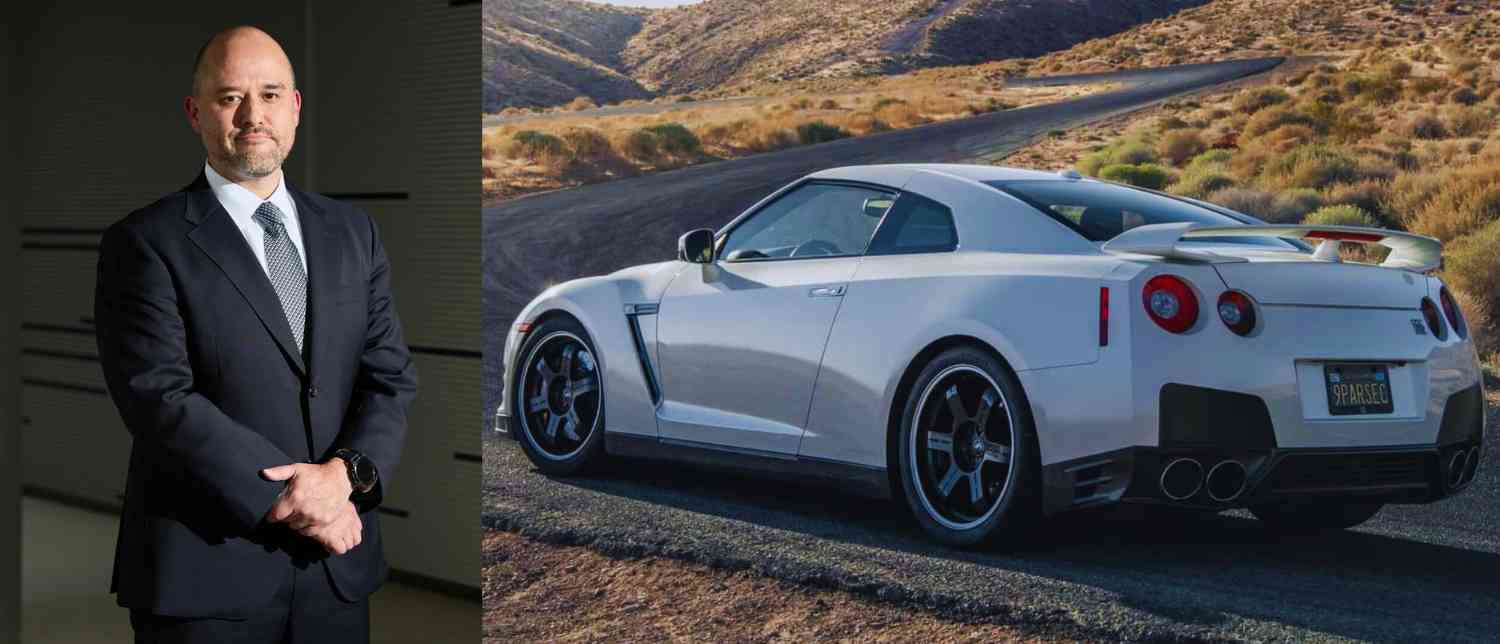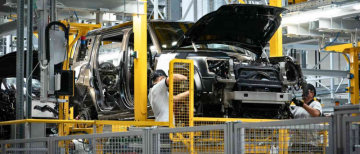The Nissan GT-R, often hailed as "Godzilla" in the automotive world, has officially ended its production after an iconic 18-year run, marking the close of a legendary chapter in the history of performance cars. Launched in 2007, the R35 generation of the GT-R redefined the supercar experience by blending raw power, advanced technology, and everyday usability.
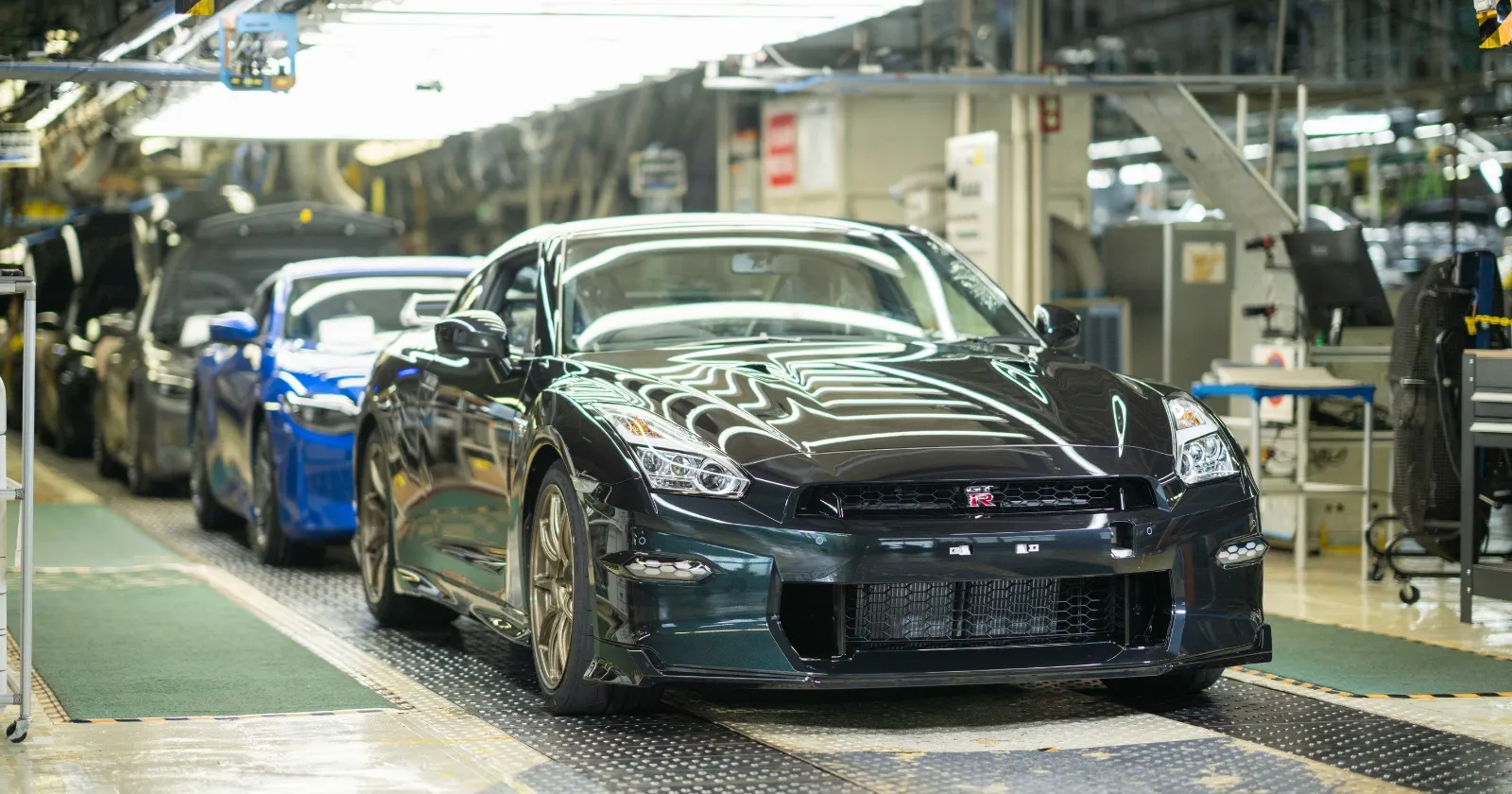
Over nearly two decades, it became a symbol of extraordinary performance, innovation, and racing pedigree, earning a devoted following worldwide. This article delves into the GT-R's remarkable journey, its influence on the automotive industry, notable engineering achievements, and what its retirement signifies for car enthusiasts and Nissan alike.
A Legendary Introduction

When the R35 Nissan GT-R debuted in 2007, it immediately stood out as a car that challenged the norms of high-performance vehicles. Powered by a hand-assembled 3.8-liter twin-turbo V6 engine delivering 480 brake horsepower in its original form, it came equipped with all-wheel drive and a dual-clutch transmission, features not common in many supercars at the time. The interior boasted a PlayStation-inspired infotainment system, blending performance with advanced technology. From the outset, the GT-R was designed to be much more than a fast car; it was engineered to offer peak performance with surprising comfort and usability for daily driving.
Performance That Broke Barriers

The GT-R quickly earned a reputation for outpacing far more expensive rivals such as the Porsche 911 Turbo and Ferrari F430, often rewriting what was expected from a car in its class. Its acceleration capabilities were impressive, achieving 0-60 mph in around 3.3 seconds and a top speed close to 195 mph. What truly set the GT-R apart was its innovative all-wheel-drive system and advanced active suspension, which allowed drivers to harness the car's immense power with precision and confidence, even in less-than-ideal traction conditions.
Its engineering excellence and technological innovations meant that the GT-R defied conventions. It could switch seamlessly between a track beast and a comfortable grand tourer, appealing to both casual drivers and serious enthusiasts. The car's performance inspired the sentiment that it "defies the laws of physics," a testament to how fully Nissan engineers exploited technology to enhance speed, handling, and driver experience.
Continuous Evolution Over the Years

Though the exterior design of the R35 GT-R appeared largely unchanged throughout its lifetime, underneath the hood and chassis, it evolved significantly. Nissan increased engine output incrementally, culminating in the Nismo variant producing 600 brake horsepower and 652 newton-metres of torque. The Nismo model was especially revered for its optimized aerodynamics, refined suspension, and tuned chassis that emphasized track performance while retaining street drivability.
Alongside power upgrades, the GT-R achieved legendary lap times on world-famous circuits like the Nürburgring Nordschleife, setting records that rivaled or surpassed those of some European supercars. The Nismo GT-R notably recorded a lap time of just over 7 minutes 8 seconds, claiming its place among the fastest production cars on the planet. These track achievements cemented the GT-R's reputation as not just a powerful car but one with exceptional handling and endurance.
Impact on Automotive Culture and Industry

The GT-R’s influence extended well beyond its mechanical attributes. It democratized supercar-level performance by offering high speed, advanced technology, and reliability at a comparatively accessible price point. This approach put enormous pressure on other manufacturers to innovate and improve their offerings, helping raise the bar across the sports and supercar segments.
The car gained a cult following for its "tuner culture" potential—enthusiasts and workshops around the world pushed the GT-R to unimaginable power levels, with some modified versions claiming over 1,000 to 2,000 horsepower. This made the GT-R synonymous with high-performance tuning and set it apart from other supercars which often had more limited modification paths.
Further, the GT-R's all-wheel-drive system and launch control technologies gave non-professional drivers the ability to achieve impressive track-worthy performance safely. It became a bridge between raw racing capability and everyday usability, influencing how sports cars were designed thereafter.
Challenges and Retirement

Despite its immense popularity and strong demand, the Nissan GT-R faced growing challenges from tightening safety, emissions, and noise regulations worldwide. Markets including Australia, Europe, and eventually the United States imposed strict rules that the GT-R could not meet without extensive reengineering.
In early 2025, Nissan ceased taking new orders for the GT-R in Japan, the last market where the model was still available new. The final unit, a special Midnight Purple Premium Edition T-Spec, rolled off the production line at Nissan’s Tochigi plant, concluding a production total of around 48,000 units.
_1756371640.webp)
Nissan’s global product chief cited regulatory challenges as the primary reason for ending the GT-R’s production, emphasizing that the company would have loved to continue the model if circumstances had allowed. Nissan President and CEO Ivan Espinosa reassured fans that this retirement is not a final goodbye and hinted at future evolutions and a possible return of the GT-R nameplate.
Legacy and Future Prospects
As the GT-R bows out, it leaves behind a legacy unmatched by many contemporaries. The car proved that Japanese engineering could compete head-to-head with the best in the world, blending technology, performance, and everyday drivability. Its impact is evident in the continued enthusiasm from fans and tuners, as well as the influence it exerted on supercar design globally.
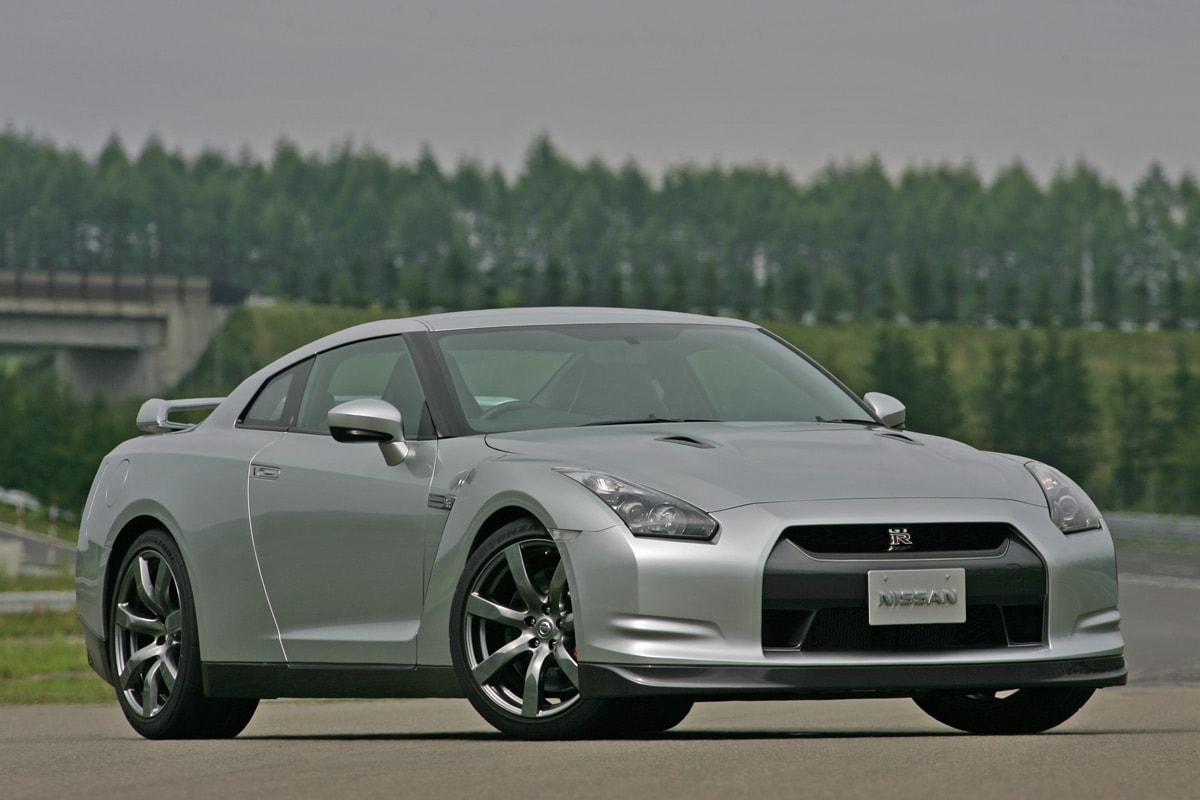
Now, with the GT-R off the production line, Nissan is focusing on electric and hybrid technologies, including vehicles like the Ariya electric SUV and new versions of the Leaf EV. While the era of the traditional internal combustion GT-R may be ending, the performance ideals it embodied are likely to live on in future sports and electric vehicles from Nissan.
In sum, the Nissan GT-R R35 chapter has closed, but its story remains alive in the hearts of enthusiasts and in the history of automotive performance innovation. It proved that engineering brilliance combined with visionary design can create a car that redefines what a supercar can be and inspire generations to come.
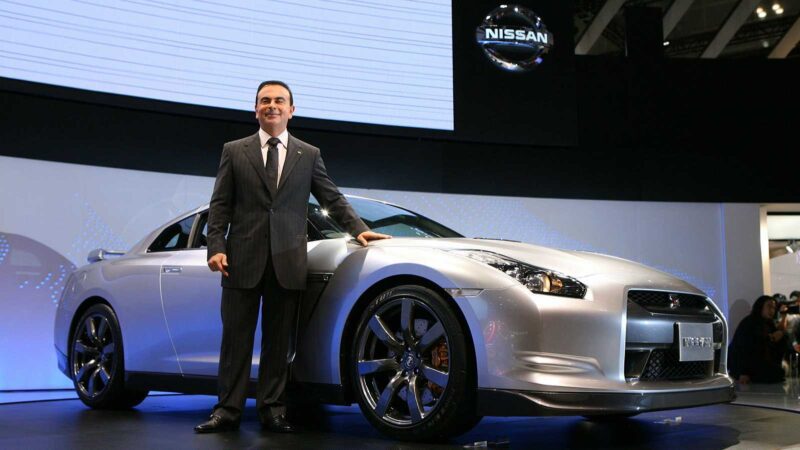
The Nissan GT-R’s 18-year reign was nothing short of spectacular — a true era of redefining performance that will echo in the automotive world for years to come. Its farewell marks the end of a legendary journey, but also the promise of new beginnings in the future of high-performance cars. The Godzilla might be resting, but its roar will be remembered forever.
With inputs from agencies
Image Source: Multiple agencies
© Copyright 2025. All Rights Reserved. Powered by Vygr Media.

